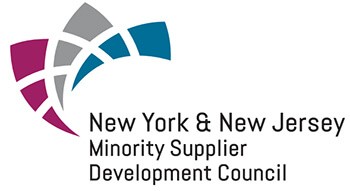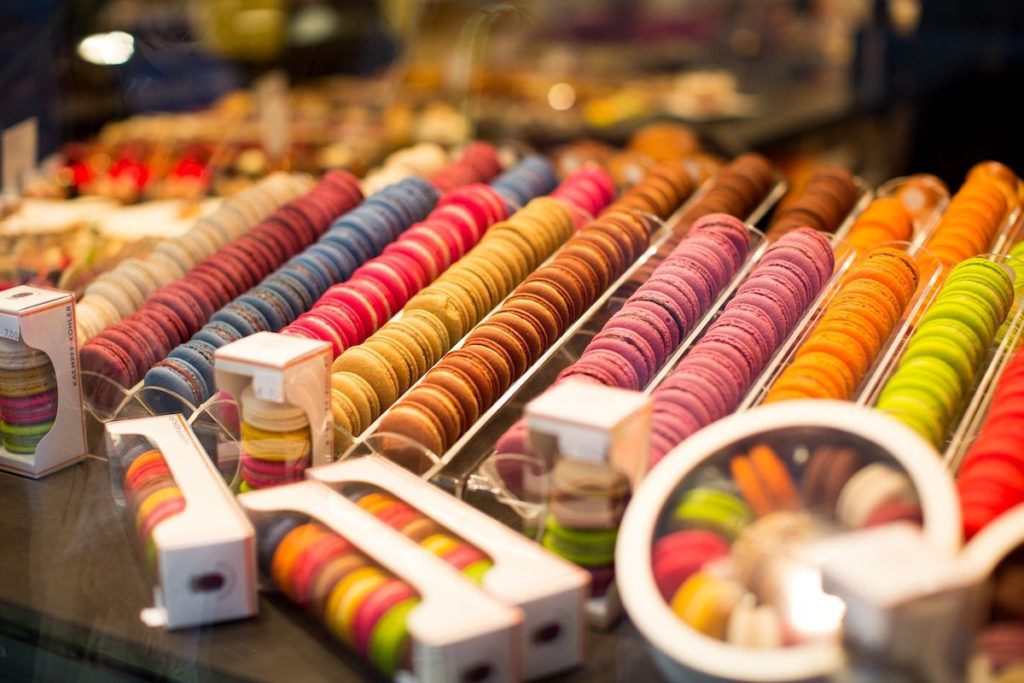Packaging plays an important role in the success of your food products.
But it can’t be denied that it is often challenging for food businesses to choose the right packaging, especially when the choices are huge.
While cost can be a major concern for the food companies, the packaging materials should be ideal for the protection of the products during storage, transportation, and delivery. Besides, it requires you to take care of visual appeal and branding.
Keeping all these factors in mind, here are the things to consider while choosing a food packaging material.
Weighing the Pros and Cons of Each Packaging Type:
There is a multitude of food packaging to choose from. You need to make sure which can go best with your food product. Food packaging solutions has its own characteristics.
That’s why you need to weigh the pros and cons of each packaging materials. Here are the benefits and downsides of some major food packaging materials.
Glass:
Pros:
- Moisture and heat resistant
- Non-reactive
- Transparent (lets consumers see products)
- Reusable/Recyclable
Cons:
- Brittle and Breakable
- Not Easy to Carry
- Heavy and Bulky to Transport
Aluminium:
Pros:
- Moisture, Heat, Gases and Corrosion Resistant
- Lightweight
- Recyclable
Cons:
- Less strength
- Limited shapes
- Expensive
- Not Being Welded
Tinplate:
Pros:
- Water and heat resistant
- Durable
- Recyclable and easy to separate from waste (as it is magnetic)
- A cheaper alternative to aluminium
Cons:
- Reacting with foods
- Requiring a can opener
- Heavier than aluminium
Paper and Paperboard:
Pros:
- Lightweight
- Good strength
- Low cost
- Made from renewable resources
- Recyclable
Cons:
- Vulnerable to moisture and humidity
- Prone to light
- Tears or damages easily
Polyesters:
Pros:
- Durable
- Suitable for hot filling
- Great barrier characteristics
- Transparency
- Shatter and tear-resistant
- Recycling in rigid form
Cons:
Posing Threat to Environment.
Budget:
The budget also plays an important role in your decision making for packaging. It depends on what types of materials you can use, and how much you can spend on their design.
Materials like glass and natural fibres are sophisticated and appealing, but they are expensive. Glass is prone to damage, causing shipping and storage concerns, and may make you increase the consumer prices to adjust your cost.
Design:
Let’s admit it. The packaging is the first thing your customers interact with. It is the face of your food product. That’s why the design of the packaging should be appealing to attract buyers.
For example, white packaging stands for simplicity and purity, making them ideal for dairy products. Orange is known for fun and energy, making them great for summer beverages and sports drink. Pink being a feminine colour is ideal for women supplement. Fonts also play a key role in the design of food packaging. Make sure to keep them clear and readable.
Besides, you need to decide on the information to be added to your food packaging. For example, you can add “instructions to use” or recipes if not everyone knows about your new food product.
Distribution and Storage:
Understanding how your food product travel from a manufacturing unit to a storage and distribution facility, grocery store or consumers help you choose the right protective packaging.
Ponder over the distance your shipments require to travel, means of transportation utilized, as well as storage options at each step, to make sure your product remains intact throughout the transportation and handling.
Know the Latest Trends in Food Packaging:
As the food industry is highly dynamic and competitive, learn about the trends and think about how you can incorporate them into your packaging. For example, the trend of minimal design is ruling the industry. Or you can go for bold colours to attract the customer’s attention. Some food companies show their ingredients in big fonts.
You can also get creative with shape. For example, watermelon juice packaging can be shaped like a slice of melon. Herbal products like aloe-vera can be launched in an aloe leaf-shaped container.
Can You Get Creative With It?
Here comes the fun part! But first, look at the product marketing strategies used by your rivals. You wouldn’t want to simply copy and paste the packaging from another product, would you? For professional right food packaging, keep in mind the labels on your containers.
Put yourself in the position of a customer. Something captures your attention as you wander down the aisle. Your food package designs should aim to produce that effect. Give your designer a hand by supplying some packaging samples, and let them handle the fairy dust!
Consider the Size:
When constructing two various-sized packages rather than four separate ones for a product that comes in four different sizes, you may be able to save money by being careful with the product’s dimensions and design.
By being resourceful in this way and including cost-cutting techniques like these, you can guarantee the integrity of the goods you export. Additionally, you will assure uniformity across all of your products while saving time and money.
So these are the factors to be considered for your food packaging material. What do you think? Let me know by commenting below.





